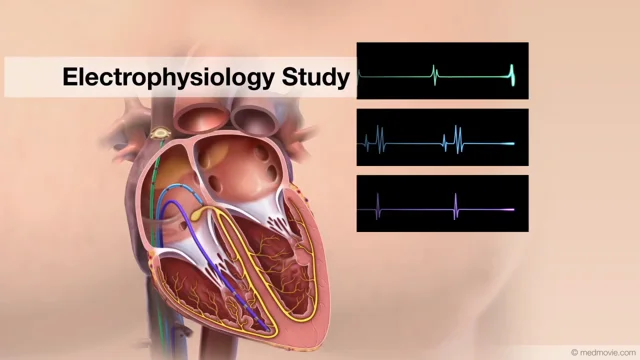Services

Electrophysiology Study: A Comprehensive Guide to Diagnosing and Treating Heart Arrhythmias
An Electrophysiology Study (EPS) is a specialized test that examines the electrical activity of the heart to diagnose and treat abnormal heart rhythms, also known as arrhythmias. Here is an overview of what you can expect from an EPS:
Purpose of an Electrophysiology Study
- Diagnosis: Identify the location and cause of arrhythmias.
- Treatment Planning: Determine the best treatment options, such as medications, catheter ablation, or the need for a pacemaker or implantable cardioverter-defibrillator (ICD).
- Evaluation: Assess the effectiveness of previous treatments for arrhythmias.
Preparation for an EPS
- Medical History: Provide a comprehensive medical history, including any symptoms, medications, and previous heart conditions.
- Medications: You may need to stop certain medications before the procedure. Always follow your doctor’s instructions.
- Fasting: You may be asked not to eat or drink for several hours before the test.
- Arrangements: Arrange for someone to drive you home after the procedure, as you may be given sedatives.
Procedure
- Pre-Procedure: You’ll be given a sedative to help you relax. The procedure is usually performed in a specialized lab called an electrophysiology lab.
- Insertion of Catheters: The doctor will insert thin, flexible tubes called catheters into a blood vessel, usually in the groin, and guide them to your heart.
- Mapping: The catheters have electrodes that map the electrical activity of your heart and identify any abnormal signals.
- Stimulation: The heart may be stimulated to induce arrhythmias so they can be studied in detail.
- Ablation (if necessary): If an abnormal area causing arrhythmia is identified, the doctor may perform catheter ablation. This involves delivering energy (such as radiofrequency or cryotherapy) to destroy the problematic tissue.
- Monitoring: Your heart rhythm will be monitored throughout the procedure to ensure safety and effectiveness.
Post-Procedure
- Recovery: You’ll be monitored in a recovery area for several hours. You may need to lie flat to prevent bleeding from the catheter insertion sites.
- Instructions: Follow specific instructions for care of the insertion site, activity restrictions, and any new medications.
- Follow-Up: Schedule follow-up appointments to monitor your heart rhythm and discuss any further treatment if necessary.
Risks and Complications
- Bleeding or Infection: At the catheter insertion site.
- Blood Clots: Can travel to other parts of the body.
- Damage to Blood Vessels: Where the catheters are inserted.
- Arrhythmias: Temporary or permanent changes in heart rhythm.
- Heart or Blood Vessel Damage: Though rare, it is a serious risk.
Benefits
- Accurate Diagnosis: Precisely identifies the type and location of arrhythmia.
- Effective Treatment: Can potentially cure certain types of arrhythmias through ablation.
- Guided Therapy: Helps in making informed decisions about medication and device therapy.
When to Contact Your Doctor
- Post-Procedure Concerns: If you experience symptoms like excessive bleeding, infection, severe pain, or unusual heart rhythms after the procedure, contact your healthcare provider immediately.
An EPS is a critical tool in managing and treating heart rhythm disorders, providing both diagnostic and therapeutic benefits. Always discuss the risks and benefits with your cardiologist to determine if this procedure is appropriate for your condition.
admin
0